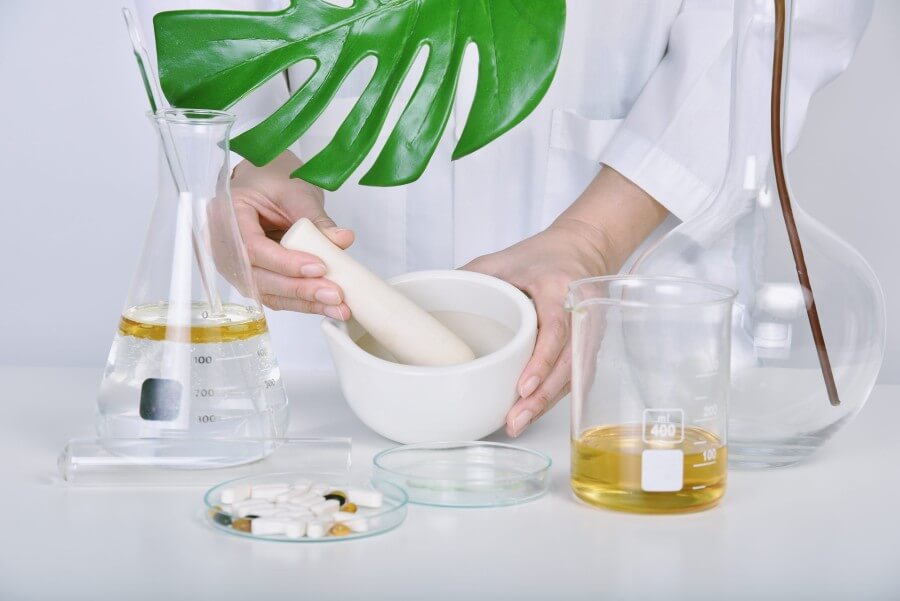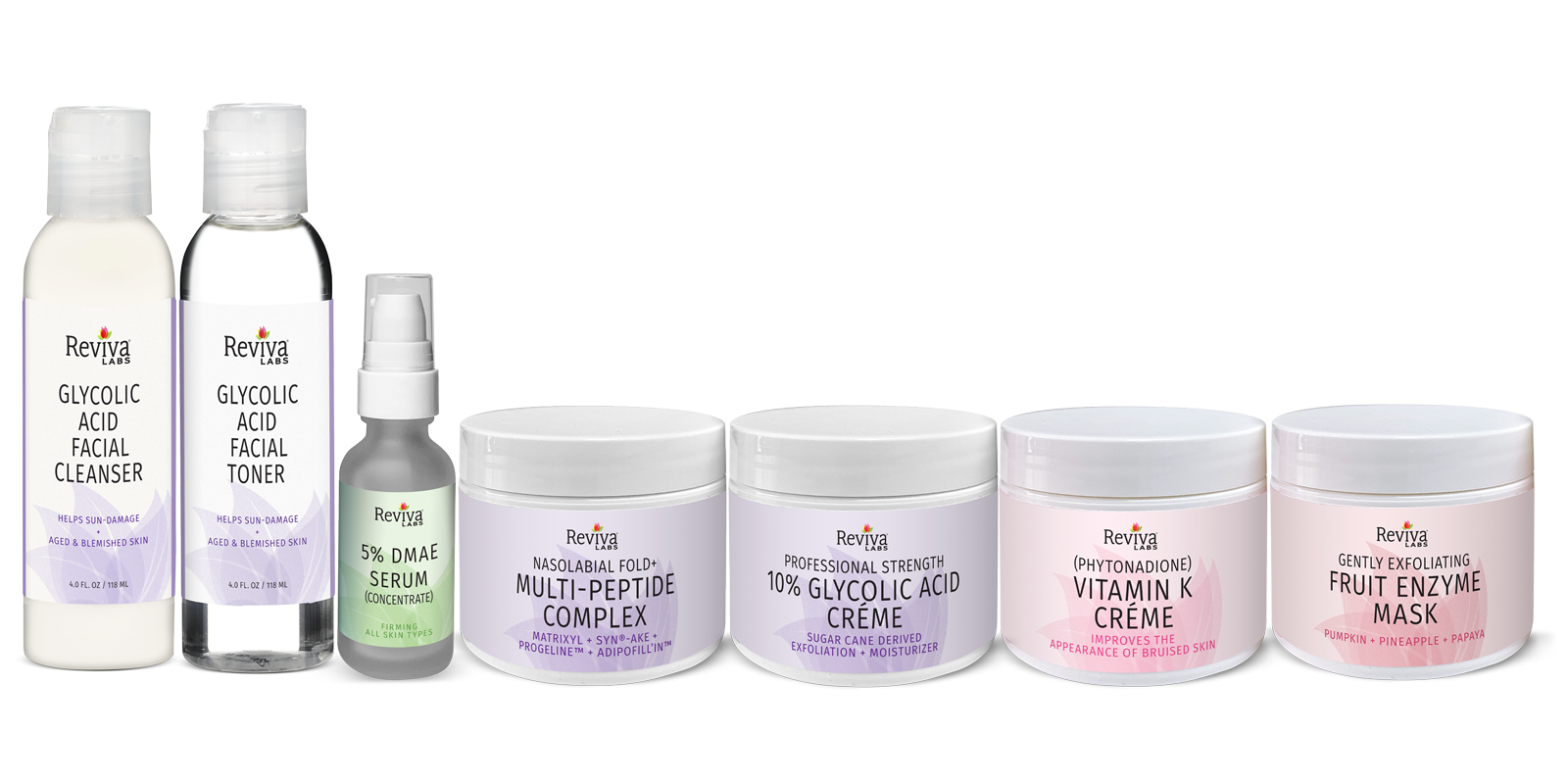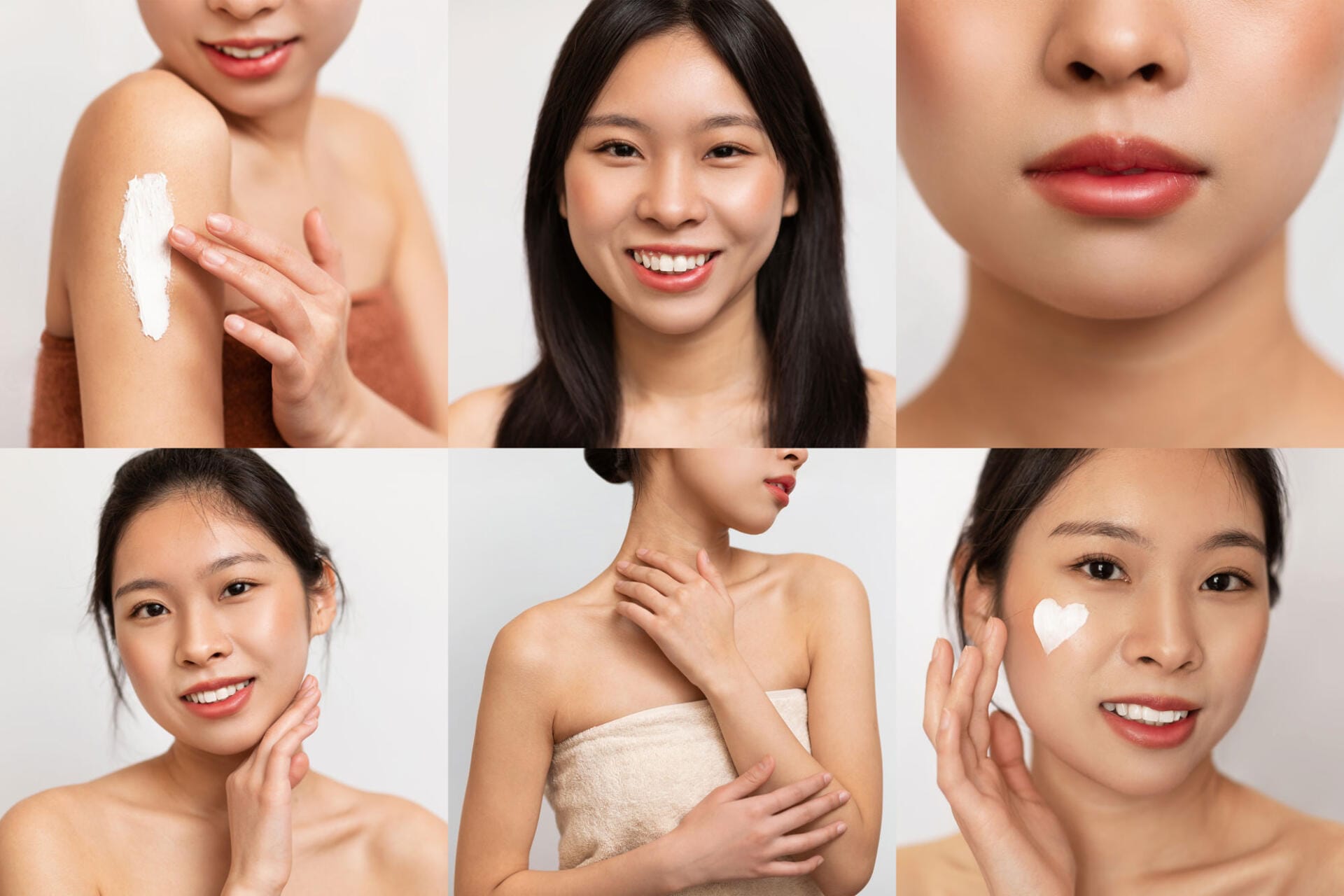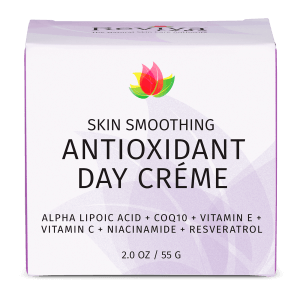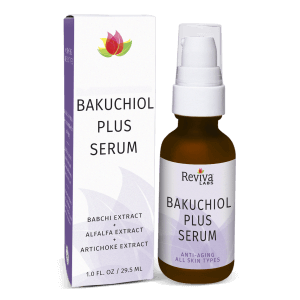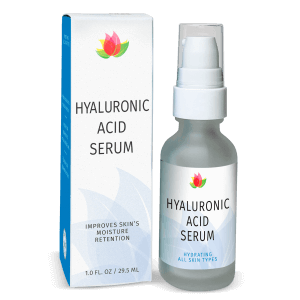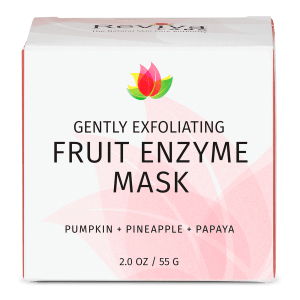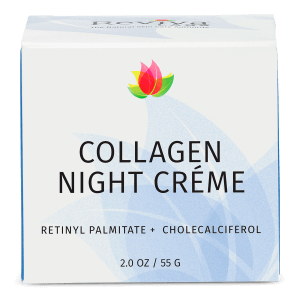When it comes to skincare and beauty products, it’s crucial to pay attention to the ingredients they contain. The average woman in the US uses 12 cosmetic products composed of 168 chemical ingredients daily, but not all of these ingredients may be safe for human use. Research indicates that exposure to certain chemicals found in cosmetics can lead to adverse health outcomes. As consumers, it’s important to be informed and aware of the potential risks associated with the products we use on our bodies.
The Lack of Safety Testing and Regulations
One might assume that cosmetic products undergo rigorous testing for safety before they are made available for purchase. However, the truth is that the FDA doesn’t pre-approve cosmetics or their ingredients, except for color additives. Cosmetic companies are responsible for ensuring the safety of their products and ingredients, as well as proper labeling and adherence to regulations on prohibited and restricted ingredients.
This lack of pre-approval and oversight can create a grey area for consumers, making it challenging to determine the safety of the products they use.
Understanding Harmful Ingredients and Their Effects
To make informed choices about the products we use, it’s essential to be aware of the potential risks associated with certain ingredients. Here are some harmful ingredients commonly found in cosmetics and their effects on the skin and overall health:
1. Chemical Sunscreen: Oxybenzone and Absorption
Chemical sunscreens often contain oxybenzone, which has been found to be absorbed into the bloodstream at levels exceeding the considered safe limits. Studies show that oxybenzone can stay elevated in the blood for up to 21 days after application. This ingredient is an endocrine disruptor and has been linked to fertility issues and birth defects. To protect your skin without the risks, opt for mineral sunscreens that contain zinc oxide and/or titanium dioxide, which sit on the surface of the skin and aren’t absorbed.
2. Methylisothiazolinone: An Allergenic Preservative
Methylisothiazolinone is a preservative commonly found in water-based products like shampoos and cleansers. Although used in small concentrations, it can cause allergic reactions, including burning, itching, and hives. Individuals with sensitive skin should avoid this ingredient, especially in leave-on products.
3. Sodium Lauryl Sulfate: Irritation and Dehydration
Sodium lauryl sulfate is a cleansing agent found in many personal care items, including shampoos and body washes. It frequently causes skin irritation and can elicit allergic responses. Improperly washed-off residue can dehydrate the skin and reduce ceramide levels. Look for products with fatty alcohols or castile-based alternatives to avoid these issues.
4. Acrylates: Allergens and Carcinogens
Acrylates are commonly used as adhesives in artificial nail products and false eyelashes. They can cause contact allergies and are associated with different concerns, including possible carcinogenicity. It’s advisable to avoid or minimize the use of such products to reduce the risk of adverse reactions.
5. Parabens: Hormonal Disruption and Cancer Risks
Parabens, derived from petroleum, are widely used preservatives in cosmetics. They are known endocrine disruptors, mimicking estrogen in the body and potentially causing hormonal imbalances, infertility, and even breast cancer. Look for alternative products that are paraben-free, especially in makeup and moisturizers.
6. Coconut Oil: Pore Clogging and Irritation
While coconut oil has been touted as a natural remedy for various skin concerns, it can actually worsen acne by clogging pores. Products formulated with coconut oil, including face masks and moisturizers, can also be irritating. It’s best to avoid pure coconut oil and products containing it.
7. Fragrances: Allergic Reactions and Health Issues
Synthetic fragrances are found in many skincare products and can cause allergic reactions, headaches, dizziness, skin irritation, and even hyperactivity. Manufacturers use thousands of fragrance components, and there’s no regulation requiring the listing of all components. Opt for fragrance-free options, especially around sensitive areas like the eyes.
8. Formaldehyde: Preservative with Carcinogenic Risks
Formaldehyde is commonly used as a preservative in hair straightening products, nail polish, and other cosmetics. Prolonged exposure to high amounts of formaldehyde is believed to increase the risk of developing cancer. Look for formaldehyde-free alternatives to minimize the potential health risks.
9. Toluene: Toxicity and Birth Defects
Toluene is a chemical found in nail polish and hair dyes. It is a volatile petrochemical solvent that can be toxic to the immune system and cause birth defects. Consider avoiding products containing toluene or reducing their use to minimize potential risks.
10. Phthalates: Hormonal and Reproductive Problems
Phthalates are commonly used in fragrances and skincare products. They are known endocrine disruptors, causing hormonal and reproductive problems as well as birth defects. Check product labels for phthalate-free alternatives to protect your health.
11. Triclosan: Antibiotic Resistance and Endocrine Disruption
Triclosan, found in many antibacterial soaps, can lead to antibiotic-resistant bacteria and disrupt the endocrine system. To avoid these risks, choose products that do not contain triclosan and opt for regular soap and water for effective handwashing.
12. Mineral Oil: Carcinogenic Concerns
Mineral oil, derived from petroleum, is a common ingredient in makeup, SPF products, and cleansers. It can contain carcinogenic chemicals, which may increase the risk of cancer with prolonged use. Consider choosing products without mineral oil to minimize potential health risks.
How to Make Informed Choices
Navigating the world of cosmetics can be overwhelming, but there are resources available to help you make informed choices. Websites like EWG’s Skin Deep database provide information on cosmetic ingredients and products that meet strict safety criteria. There are also apps, such as Yuka, that allow you to scan products and identify potential harmful ingredients. However, it’s important to note that not all products may be covered by these resources. When in doubt, consult a dermatologist for guidance on the best and safest products for your skin and overall health.
Remember, your skin is a living organ, and what you put on it matters. By avoiding harmful ingredients and opting for safer alternatives, you can prioritize the long-term health of your skin. Take control of your skincare routine and make choices that promote healthy and radiant skin.
Disclaimer: The information provided in this article is for educational purposes only and should not be considered as medical advice. Consult with a dermatologist or healthcare professional for personalized recommendations and guidance on skincare products.



